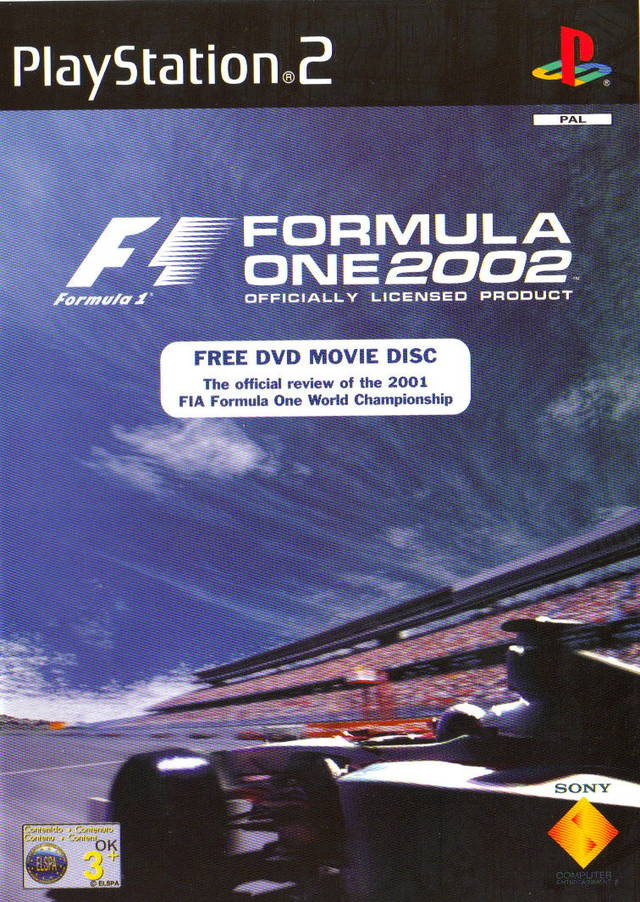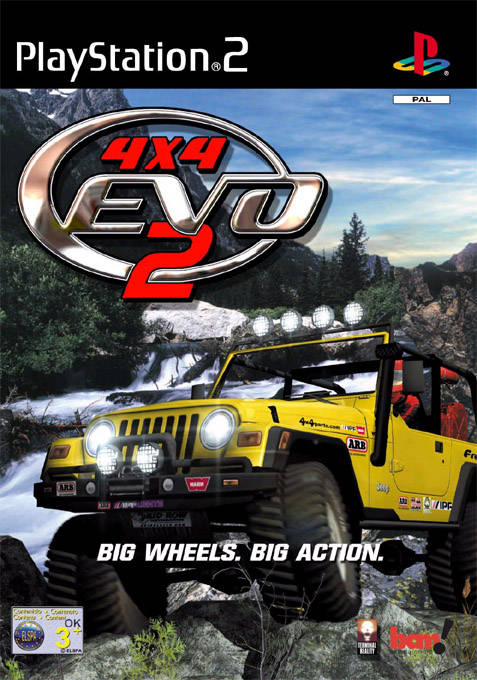

That said I would be far less quick to write it off as a general concept - if you are in Europe you could do a convincing collection locally and be very happy without needing to play importer, and vice versa.
PS2 BIOS USA EUROPE PS2
įor the PS1 and PS2 this was less of an issue for the simple player - Europe tending to get things late or not at all again and more of one if you were exploring interesting video modes. Do note also that there are whole fields of ROM hacking dedicated to fixing bugs, removing censorship, bypassing slowdowns and more besides. Most people doing "I want best versions" quite justifiably write off the 8 and 16 bit era PAL territory saving those occasions where censorship, dedicated versions, or actual super versions arise. To that end what you do in any given system presents a problem. Actually that might be a lie if you want the absolute best you might find whatever device has backwards compatibility and supports some measure of upresolution and use that, or use an emulator (official or otherwise), or use one of the games if it got a port to a later device (above when talking bugfixes and speed improvements then for the N64 I might have mentioned Perfect Dark but why anybody would play the N64 original when the xbox 360 and xbone ports/remakes exist I don't know). Today if you want the absolute best video out you probably have a soldering iron do something fun with the internals or an expensive modulator of some form but at the time a proper SCART setup was nothing to sneeze at. I will also note that while European offerings often missed out on the really fun video outputs (no component cables for the gamecube, none for the original xbox either but you could hack it to support such things) they also often had SCART support which did far nicer than composite or, worse still, antenna. Throughout it all you also had PAL maybe not being as censored as NTSC English offerings, and occasionally getting some bugfixes, optimisations or whole other translations (most of the big devs and publishers had European arms that maybe had different censorship approaches, or could get things directly from Japan to give to their own translators rather than just reusing or minor tweak US efforts in the case of games for the UK). Oh and widescreen was also a thing that came in/rose to prominence during the PS2 era but I don't know what goes there between regions - widescreen support in general wherever you went was a bit spotty. You do also get the modes issue the PS1, and especially PS2, supported various video out modes (never mind things like multi monitor - ) and that can make things fun here, especially as PAL might either have versions with better support for some or otherwise be good games but lack support for one or more modes (gran turismo 4 lacking 1080i in PAL territories despite many other titles having nice mode outputs).



Resolution as 3d images mean you change the viewport and UI.
PS2 BIOS USA EUROPE CODE
The timing one becoming less of one as compiled code rather than assembly being the main programming method of the day and it then being far easier to change timings. Many PAL located devs would also opt to do dev in 60Hz timings/res and convert badly as well, though there are a few notable examples of PAL code and proper conversions, the former actually presenting several problems for NTSC users/collectors.īy the time we get to the PS1 and PS2 this resolution issue and timings issue are not as pressing a concept. Click to expand.It was not a slower or faster clock for the NES (some things kind of existed like that for some other systems but we will skip that one for now) but that for a lot of the 8 and 16 bit eras (prior was a whole other mess) a lot of developers opted for the easy route of put big black borders and slow things down when converting from Japanese and NTSC systems (which had TVs run in 60Hz) to PAL ones (which used 50Hz, though most of their TVs would have supported 60Hz in the end) rather than expand graphics for the higher resolution of PAL and convert their code to run at the same speed/timings.


 0 kommentar(er)
0 kommentar(er)
